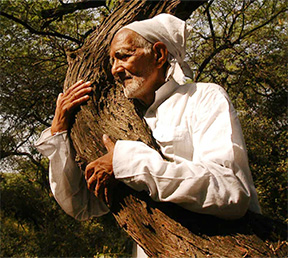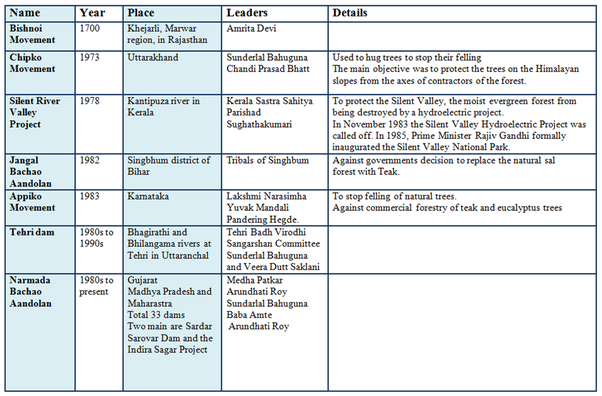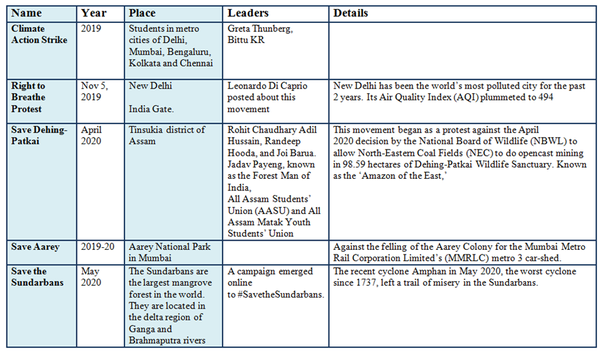Sunderlal Bahuguna: Chipko Movement | 22 May 2021
Why in News
Recently, Sunderlal Bahuguna, the Gandhian who was the driving force behind the Chipko movement died due to Covid-19.
Key Points
- Chipko Movement:
- It was a non-violent agitation which originated in Uttar Pradesh’s Chamoli district (now Uttarakhand) in 1973.
- The name of the movement ‘chipko’ comes from the word ’embrace’, as the villagers hugged the trees and encircled them to prevent being hacked.
- It is best remembered for the collective mobilisation of women for the cause of preserving forests, which also brought about a change in attitude regarding their own status in society.
- It’s biggest victory was making people aware of their rights to forests, and how grassroots activism can influence policy-making regarding ecology and shared natural resources.
- It led to a ban on commercial felling of trees above 30 degrees slope and above 1,000 msl (mean sea level) in 1981.
- Sunderlal Bahuguna (1927-2021):

- Initiated the chipko movement to guard the trees on the Himalayan slopes.
- Known for coining the Chipko slogan ‘ecology is permanent economy’
- After the Chipko movement in the 1970s, he gave the message across the globe that ecology and ecosystem are more important. He was of the opinion that ecology and economy should go together.
- Campaigned against the Tehri Dam on River Bhagirathi, a mega-project with devastating consequences. He undertook one of India’s longest fasts after Independence, over 56 days.
- Took 4,800 km Kashmir to Kohima padayatra (foot march) in the early 1980s to bring attention to the entire Himalayan region.
- Supported women-led movements against the liquor mafia in the hills, and for the Beej Bachao Andolan, a movement to save Himalayan agricultural biodiversity from being wiped out by the unsustainable, chemical-intensive Green Revolution.
- He was awarded the Padma Vibhushan in 2009.


